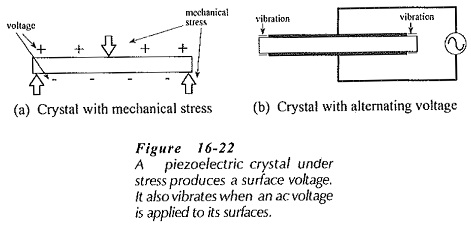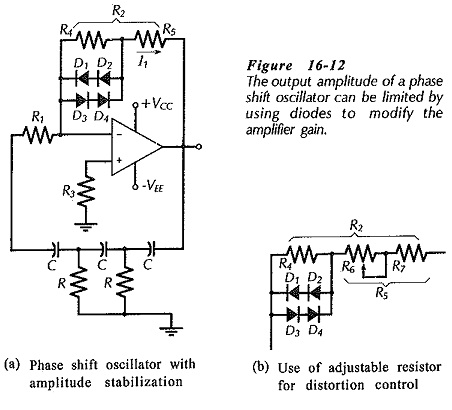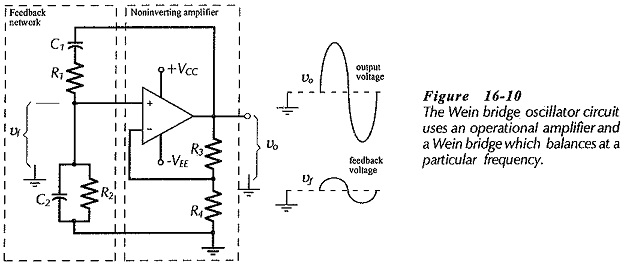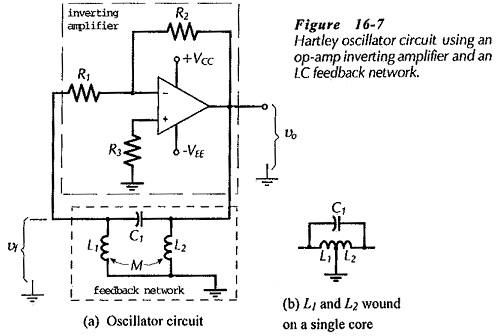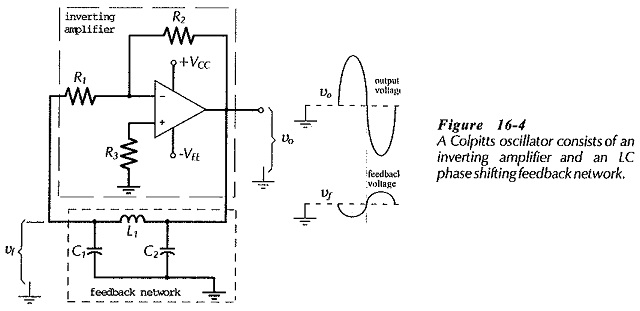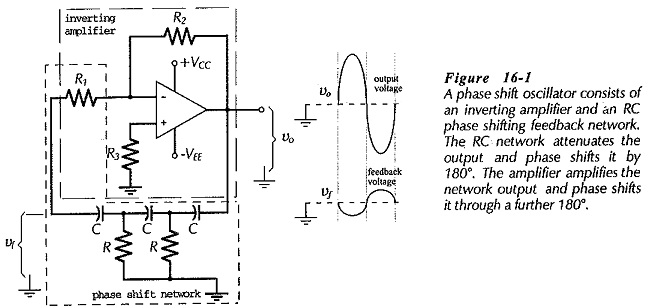Crystal Equivalent Circuit
Crystal Equivalent Circuit: Crystal Equivalent Circuit - The output frequency of oscillator circuits is normally not as stable as required for a great many applications. The component values all have tolerances, so that the actual…
